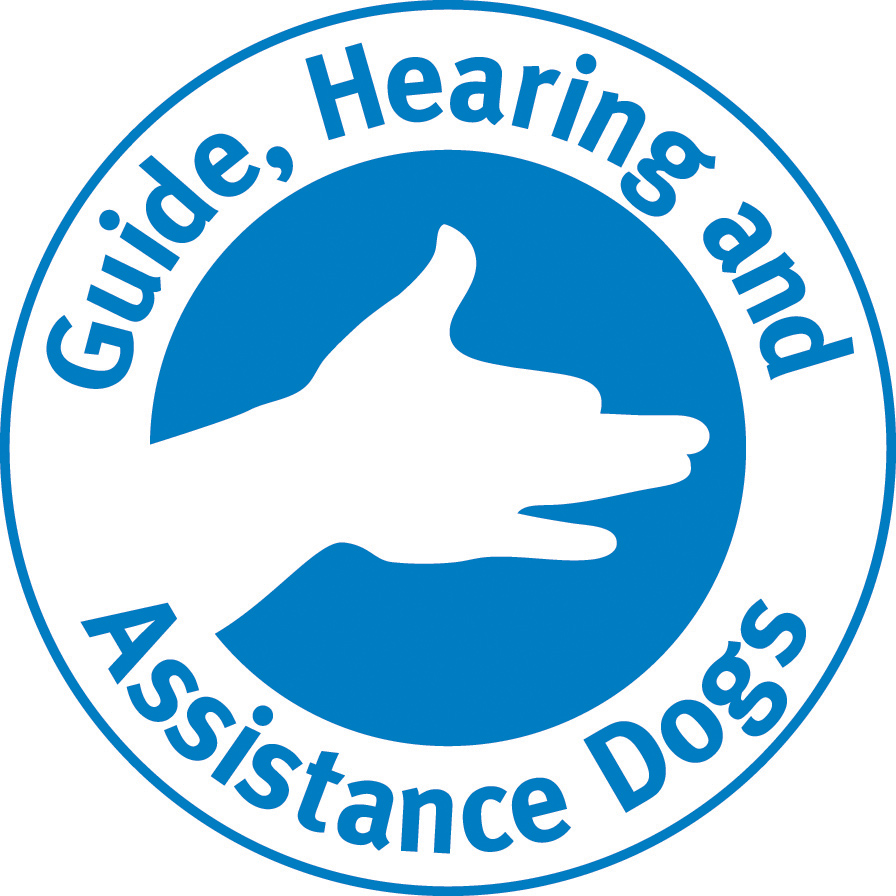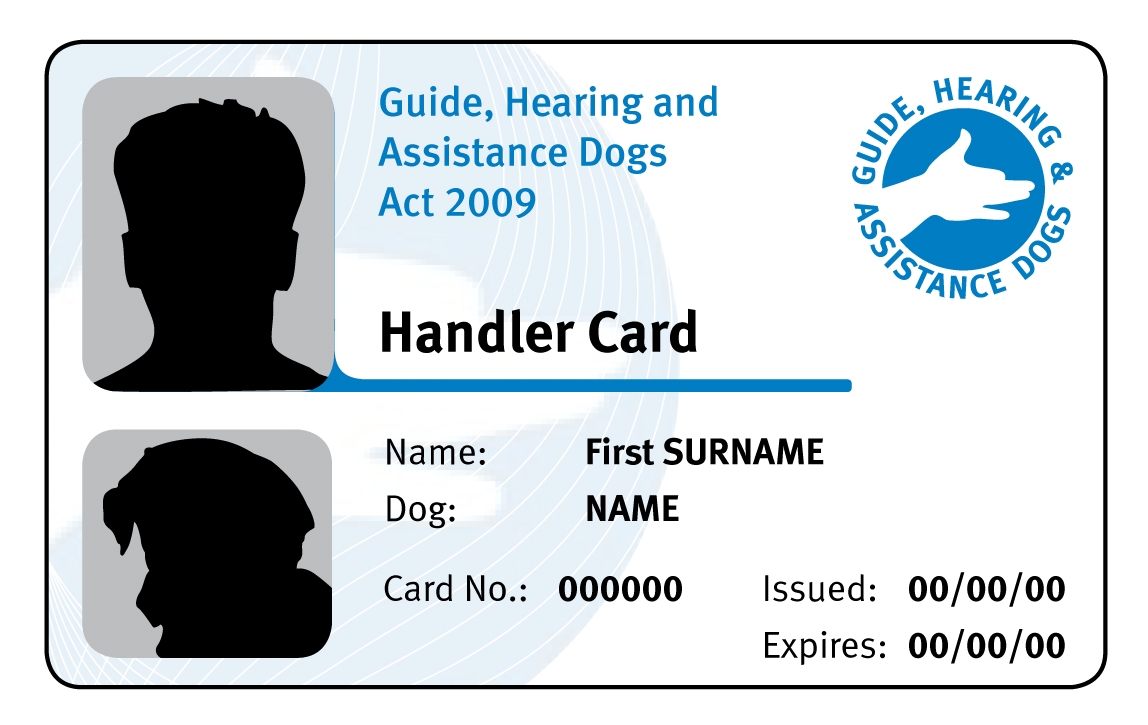Choosing a guide, hearing or assistance dog
You may need a certified guide, hearing or assistance dog if you have a disability and need support to live more independently.
Almost any breed can be a certified dog, and they are easily recognised by a blue and white guide, hearing and assistance dog badge on their coat or harness. Handlers and trainers accompanied by a certified dog must carry a handler’s identity card.


Working with a trained dog can prevent injuries and relapses, ensure support in a crisis, and help you be more active in your community.
There are more than 100 tasks and behaviours that guide, hearing and assistance dogs can learn to assist you with everyday activities and keep you safe.
What type of assistance dog?
The Guide, Hearing and Assistance Dogs Act 2009 (the Act) only recognises dogs that are highly trained to undertake specific, identifiable tasks to reduce the support needs of a person with disability. They are not therapy, emotional support or companion dogs.
Guide dogs
Guide dogs help by:
- taking directional instructions and finding a suitable travel path
- alerting you to changes in ground levels
- helping you avoid obstacles and oncoming traffic
- finding objects.
Hearing dogs
Hearing dogs alert you to specific sounds, such as a phone ringing, an alarm sounding or a baby crying.
Rather than barking, hearing dogs alert you by touch (such as a nose-nudge or pawing) and lead you to the source of the sound.
Assistance dogs
Assistance dogs perform a range of tasks and behaviours for people with disability, mobility impairments, medical conditions or mental health conditions.
Some assistance dogs can complete more than 50 assistive tasks, including pulling wheelchairs, picking up items or alerting to an oncoming medical episode.
Protection under the Guide, Hearing and Assistance Dogs Act 2009
In Queensland, the Guide, Hearing and Assistance Dogs Act 2009, protects the public access rights of handlers accompanied by their certified dogs.
You can gain certification by working with one of the approved trainers/training institutions to complete the certification and Public Access Test (PAT) process.
Once your dog is certified, the trainer will provide you with a handler’s identity card and a blue and white guide hearing and assistance dogs badge to display on your dog’s coat or harness.


